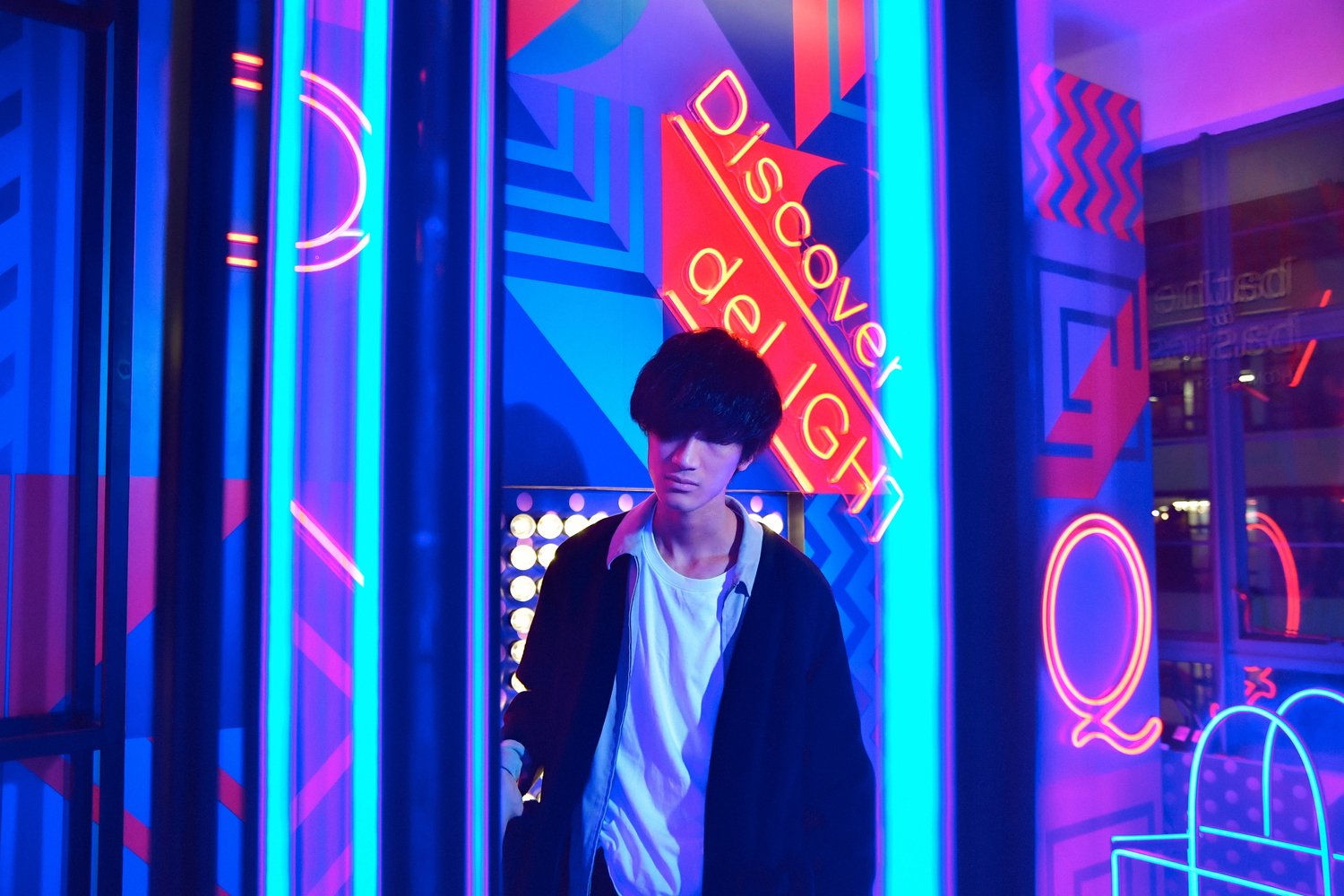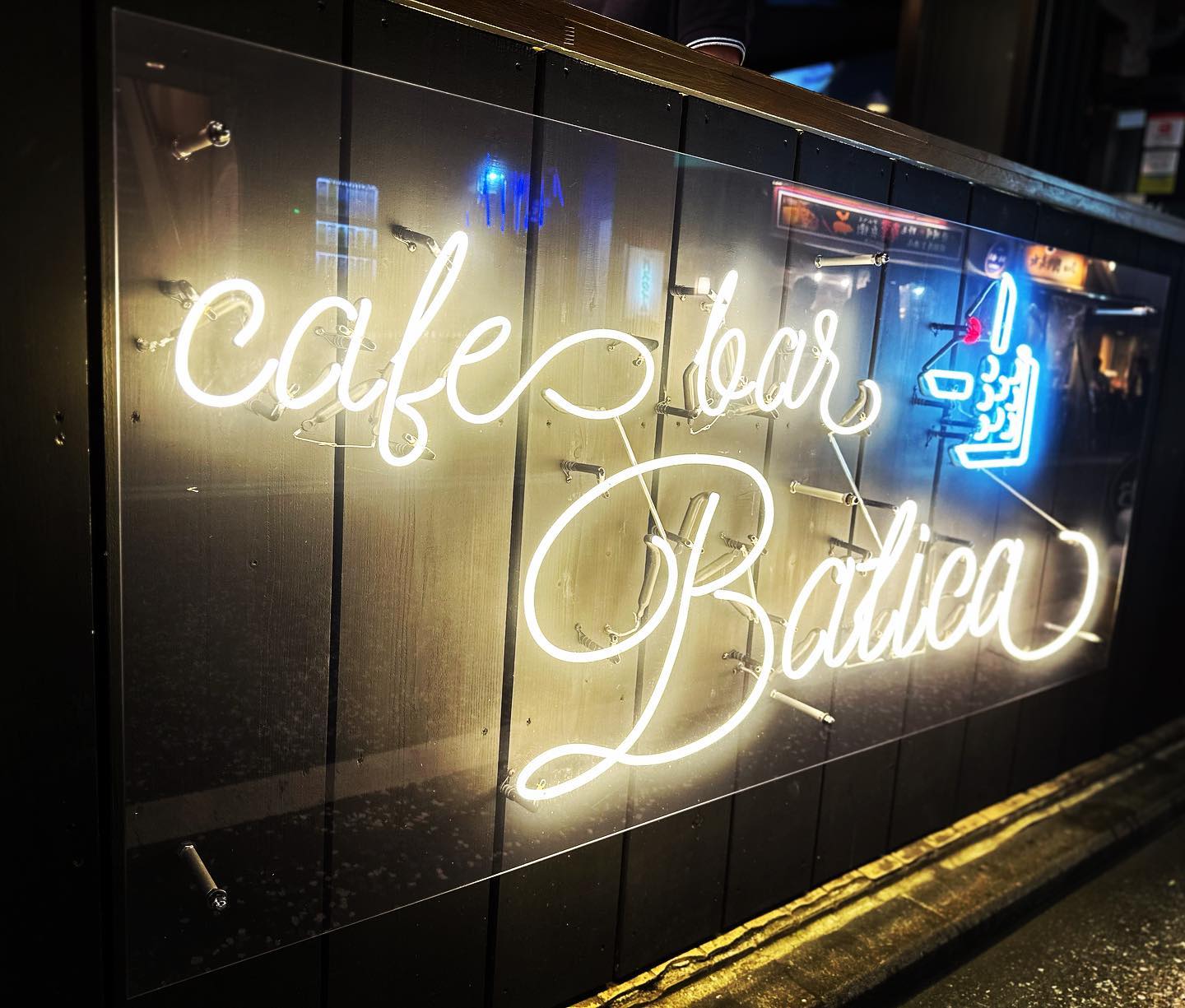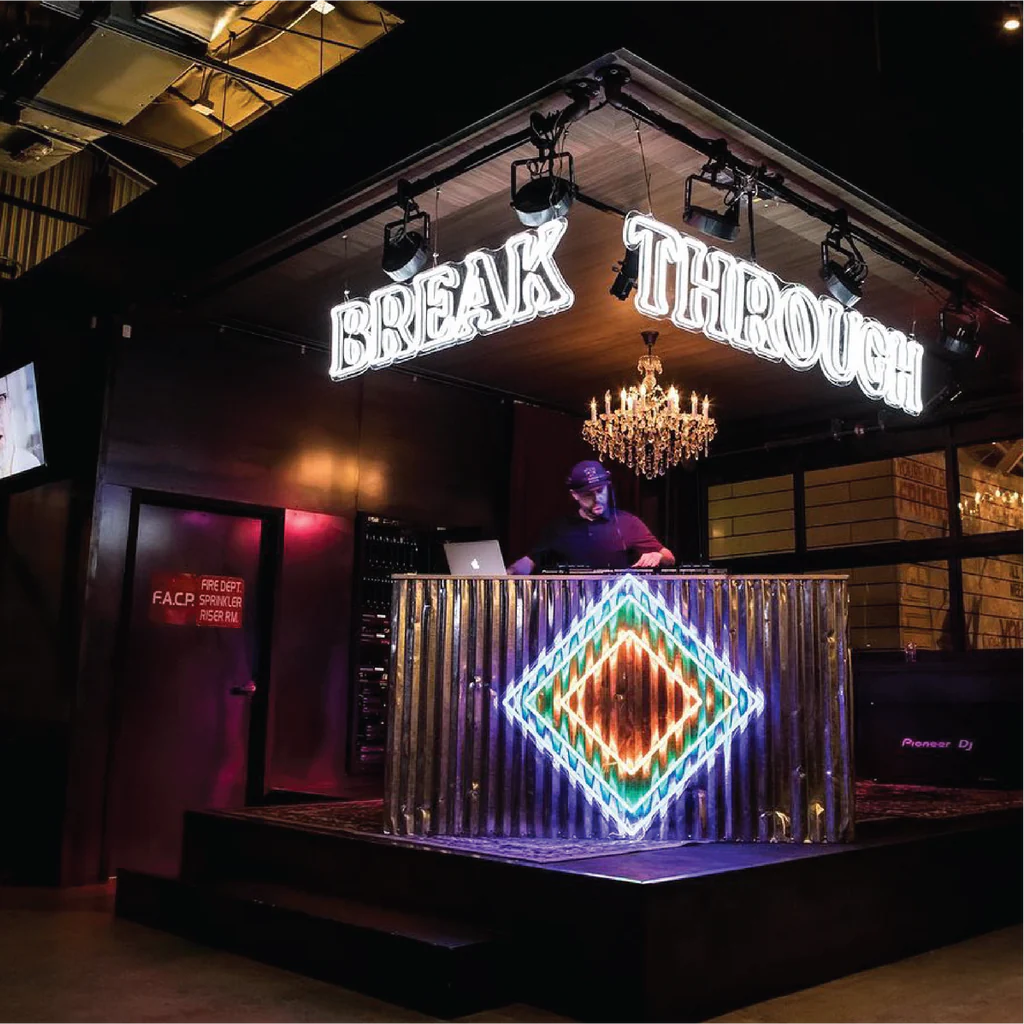Custom light-up signs have become an essential tool for businesses looking to enhance their visibility, communicate messages effectively, and create a lasting impression on customers. These signs can be tailored to reflect a brand’s identity while providing practical benefits such as improved visibility and attractiveness, especially in low-light conditions. Below, we will explore the various aspects of custom light-up signs, including their types, benefits, design considerations, and applications across different industries.
1. Understanding Custom Light-Up Signs
Custom light-up signs are signage solutions that incorporate lighting elements, allowing them to illuminate and stand out, particularly at night or in dim environments. These signs can be made using various materials, including acrylic, metal, and vinyl, and can be equipped with different lighting technologies such as LED, neon, or fluorescent lights.
a. Types of Light-Up Signs

-
Neon Signs: Traditionally made from glass tubes filled with neon gas, these signs create a vibrant glow. Modern alternatives often use LED technology to mimic the neon effect while being more energy-efficient and durable.
-
LED Signs: These signs utilize LED lights for illumination. They can be static or dynamic, displaying various messages or images through programmable systems.
-
Backlit Signs: These are typically made from materials like acrylic and are illuminated from behind, allowing for vibrant colors and designs to shine through.
-
Channel Letter Signs: These three-dimensional signs are often seen in commercial settings. They are constructed from individual letters that can be illuminated from the front or the back.
2. Benefits of Custom Light-Up Signs
Custom light-up signs offer numerous advantages that make them a preferred choice for many businesses:
a. Increased Visibility
One of the most significant benefits of light-up signs is their ability to attract attention. Whether during the day or night, illuminated signs ensure that your business remains visible, drawing in foot traffic and increasing awareness.
b. Enhanced Branding
Custom light-up signs can be designed to align with a company’s branding. They can incorporate specific colors, logos, and fonts that represent the business, creating a cohesive brand image. A well-designed illuminated sign can convey professionalism and establish trust with customers.
c. 24/7 Advertising
Unlike traditional advertising methods, light-up signs work around the clock. They provide continuous exposure to potential customers, ensuring that your business remains top of mind, even when you're not open.
d. Energy Efficiency
With advancements in technology, particularly the rise of LED lighting, custom light-up signs can be highly energy-efficient. LEDs consume significantly less power than traditional bulbs, which can lead to substantial cost savings in energy bills over time.
e. Versatility
Custom light-up signs can be utilized in various contexts, from storefronts to event venues. They can be designed for indoor and outdoor use and can serve multiple purposes, including wayfinding, promotional displays, and directional signage.
3. Design Considerations for Custom Light-Up Signs
When designing a custom light-up sign, several factors should be taken into account to ensure its effectiveness and appeal:
a. Size and Placement
The size of the sign should be appropriate for its intended location. A large sign might overwhelm a small storefront, while a small sign may go unnoticed in a busy area. Consider the viewing distance and surrounding elements when determining the size.
b. Color and Font
Color choices should align with the brand’s identity and evoke the desired emotions. Bright colors can attract attention, while softer tones may convey calmness. The font should be legible from a distance, with appropriate spacing to enhance readability.
c. Lighting Technology
Choosing the right lighting technology is crucial. LED lights offer versatility and energy efficiency, while neon lights provide a classic aesthetic. The choice will depend on the desired look, budget, and maintenance considerations.
d. Durability and Maintenance
The materials used for the sign should withstand the elements if placed outdoors. Additionally, consider how often the sign will need maintenance and how easy it is to access for repairs or changes.
4. Applications Across Industries
Custom light-up signs find applications in a variety of industries, each benefiting uniquely from their use:
a. Retail
Retail businesses often utilize custom light-up signs to promote sales, highlight new products, or enhance their storefront. For example, a restaurant may use a neon sign to advertise its specialties or happy hour, enticing customers to come inside.
b. Hospitality
Hotels and resorts use illuminated signs for wayfinding, room numbers, and branding. A well-lit sign can significantly enhance the guest experience by providing clear directions and promoting a welcoming atmosphere.
c. Events and Promotions
Custom light-up signs can be invaluable for events, such as trade shows and festivals. They can draw attention to booths, communicate essential information, and create an inviting atmosphere.
d. Corporate Offices
Corporate offices can use light-up signs for branding and wayfinding within their premises. Illuminated logos in reception areas can enhance a company's image and create a professional ambiance.
5. Conclusion
In summary, custom light-up signs are powerful marketing tools that can significantly enhance branding and communication for businesses. Their ability to attract attention, increase visibility, and convey a brand's message makes them an essential investment. By considering factors such as design, size, and lighting technology, businesses can create effective and visually appealing signs that resonate with their target audience.




